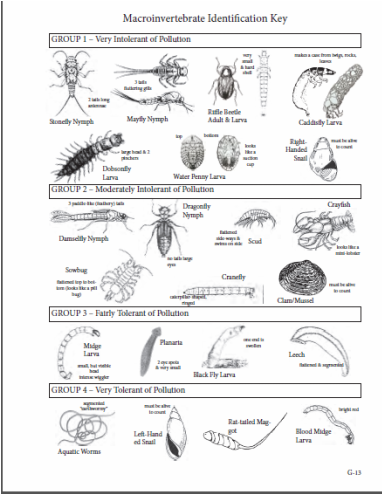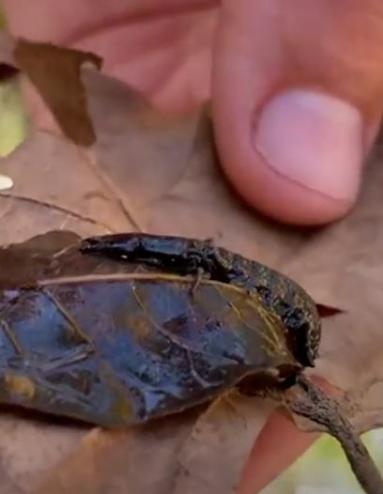Welcome back to week 2 of Field Trip Friday! This week's topic is on water ecosystems at the Anne Springs Close Greenway. You'll learn about life cycles and how the tiny critters who live in the water help us determine water quality.
Special thanks to the Anne Springs Close Greenway and Sara for teaching us today!
If you've ever been to the Anne Springs Close Greenway, you were probably fascinated by the famous and Instagram-worthy swing bridge. But did you know that the animals who live in the stream which runs underneath the bridge can tell us a lot about the quality of our water? Follow along with Sara as she explores Steele Creek and the critters that live there!
We'll start out with a dragonfly for example. Dragonflies lay their eggs - called larvae - in the water, where they stay for months or even years before they turn into adults. As babies, they are called nymphs. With most animals, babies just look like smaller versions of adults. But with dragonflies, the nymphs actually look more like bugs. Similar to butterflies, they undergo metamorphosis to turn into adults. This basically means that their physical form changes a lot - in this case, these are animals that start their lives in the water, but end up spending most of their time out of the water as adults.
Dragonflies, and other creatures that live in the creek, tell you a lot about the quality of the water that they're in. Dragonflies in particular are very intolerant of pollution - which means if the water is polluted, you won't see them there!
So where do we find baby dragonflies and other water-dwellers? You can find animals that live in the creek under rocks! When exploring the creek, always be sure wear closed-toe shoes and to shuffle your feet while in the water so that you don't trip. Pick a rock and turn it over - at first it will look like there's nothing there, but when you look closely you'll start to see tons of little creatures! Remember to always put things you find in nature back where you found them.
Tiny bugs that live in the water are called macroinvertebrates - check out this chart to see how tolerant certain macroinvertebrates are when it comes to water pollution:


Today, Sara found two bugs from the top row - a Mayfly Nymph and a Dobsonfly Larva (above, right). If you're finding a lot of the creatures from the top row, that means you're around high quality water! Some properties of this water include little contamination and high oxygen levels - which is a good thing.
Other creatures, like the crayfish, are part of the water ecosystem and help keep it biodiverse - this means that they are part of keeping variety and help keep balance in the ecosystem! This helps ensure that there aren't too many or too little of one species in the environment.
As mentioned before, if you find something cool in nature, be sure to put it back where you found it! It's super important to respect the water because we live our lives around water and it's a home for many animals.
Before you start exploring, here are some creek safety tips from the Greenway:
- Wear closed toe shoes to protect your feet
- Make sure you have an adult with you
- Roll rocks toward you and lookout for everyone's fingers and toes when you put the rock back
- If you see a snake, just move away and respect their space - most snakes are completely harmless!
- If horses need to cross the creek make sure you give them plenty of space and stay nice and still while they cross
The main takeaway of this lesson:
Water ecosystems are important to maintain because water is used in our day to day lives - whether it's brushing our teeth, showering, or simply for hydration. Having a diverse ecosystem contributes to higher water quality, which in turn is vital to the wellbeing of humans!